Iceland: Golden Circle Day Tour
We weren’t sure that we wanted to do the Golden Circle tour…it just sounded too touristy! Everyone who goes to Iceland does this tour. Well, if it’s so popular, there has to be something special about it. Also, this was the only tour that would take us to see the geyser. I could not miss that! It was an item on the bucketlist! Hence we decided to hop onto a Grayline bus and figure out why everyone raves so much about the trip!
Thingvellir National Park
Thingvellir National Park was our first stop. This site has so much to offer that I feel like doing an independent post on it. For starters, this is the site where you learn about continental drift – the American tectonic plate and the Eurasian tectonic plate that have moved away from each other….and continue to do so by a couple of centimetres every year!
You can be in two continents at the same time… at least geologically speaking. The drift continues and distance between the two plates is so large that it appears as a canyon that you can walk in!
Now for history… this is the site where the Vikings set up the first parliament in the world in 930 AD. It was a group of chieftains who would come together to formulate the laws and the head, also called the ‘Lawspeaker’ would read out the laws to the public once every year. He was supposed to learn the book and rattle it out to one and all…that’s some brain power!
Ankur and I straddled the two plates…such an occasion does not come too often! We then walked through the canyon along with our guide listen listening to interesting stories on how the governing system evolved over the last 1000 years!
Gulfoss
A gushing river and a raging water fall…that is what Gulfoss is all about. Even before you get close to treat your eyes to its majesty, your ears can hear the water rumble. From a distance, you can sight the Hvita river that tumbles all its water into a rift, perpendicular to its flow, forming the Gulfoss waterfall. It is a sight to see!
The average amount of water running over this waterfall is 140 m³/s in the summertime and 80 m³/s in the wintertime. In March, when we were there, the surroundings were pristine white. Water trails stood frozen and icicles sparkled like precious crystals. As always, we were trigger happy. But the joy did not last too long as it was extremely windy. Including wind chill, the temperature was -13 degrees Celsius. The winds were so strong that we thought we would fly away! We decided to let go of the lens and use our hands to cover our nose and mouth. We did try to use our arms to fly as well… Unsuccessfully!
Geysir/Strokkur
Our next stop was the Great Geysir site. Geysir is the name of a spring (or a geyser) that would shoot plumes of hot water and steam into the air naturally until 1916.
The Great Geysir is now dormant, but it’s little brother Strokkur erupts every five to seven minutes. ‘Stokkur’, literally means ‘churn’ in Icelandic.
The plume of hot water and steam that gushes out to typically reaches a height of 12 – 15 meters. The area around smells of sulphur and you can see sulphur depositions around as off-white/yellowish depositions.
While it is great to watch the geyser erupt, few second preceding the eruption are much more interesting. Prior to the eruption, the water level at the geyser’s mouth dips by a few inches. The water at the centre then swells up like a bright blue dome – and then the action starts. In a few seconds, hot water and steam rises high and settles. Spectators stand amazed and wanting an action replay. Strokkur does not disappoint anyone… and springs back into action in 7 odd minutes.
Skálholt Church
Having seen and admired the architecture of plenty of churches in Europe, the Skalholt Church did not leave us amazed with its architectural prowess. One needs to read up a little on the history of the place to understand why it is so crucial, regardless of the simple look that it bears. Iceland’s first official school to educate clergy was founded in Skalholt in 1056. It was the seat of bishops from then to 1785, when it was moved to Reykjavik. There is a lot of reading on history and religion that we still need to do, which will highlight how important the site is!
While a visit to a geo thermal power plant is part of the trip, our group decided to give it a skip on account of a brewing snow storm. Glad that our guide took care of our safety while we were on the trip. While we did not see the power plant, our guide told us a lot about the geothermal wealth that Iceland has…and we have done a fair bit of reading since then. The country is truly blessed!
Many thanks to Grayline for hosting us on the Classic Golden Circle tour. Our views are independent and we continue to share our true feedback with our readers.
The company has Classic Golden Circle tours every day, starting at 830 hrs and 1030 hrs. The tour costs ~ EUR 63 per person and includes pick up and drop from your hotel in Reykjavik. You can also couple the Golden Circle Tour along with other attractions like a city tour, whale watching, horse farm or a luxury spa. We were accompanied by a knowledgeable guide (Thordis) and a friendly driver (Ekert) who made the entire trip a fun experience. There is also a shorter tour (Golden Circle Afternoon Tour) that they offer that starts at noon and covers the must see points of the Golden Circle.

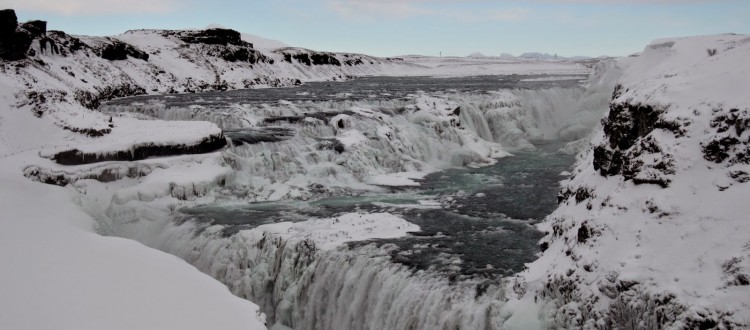
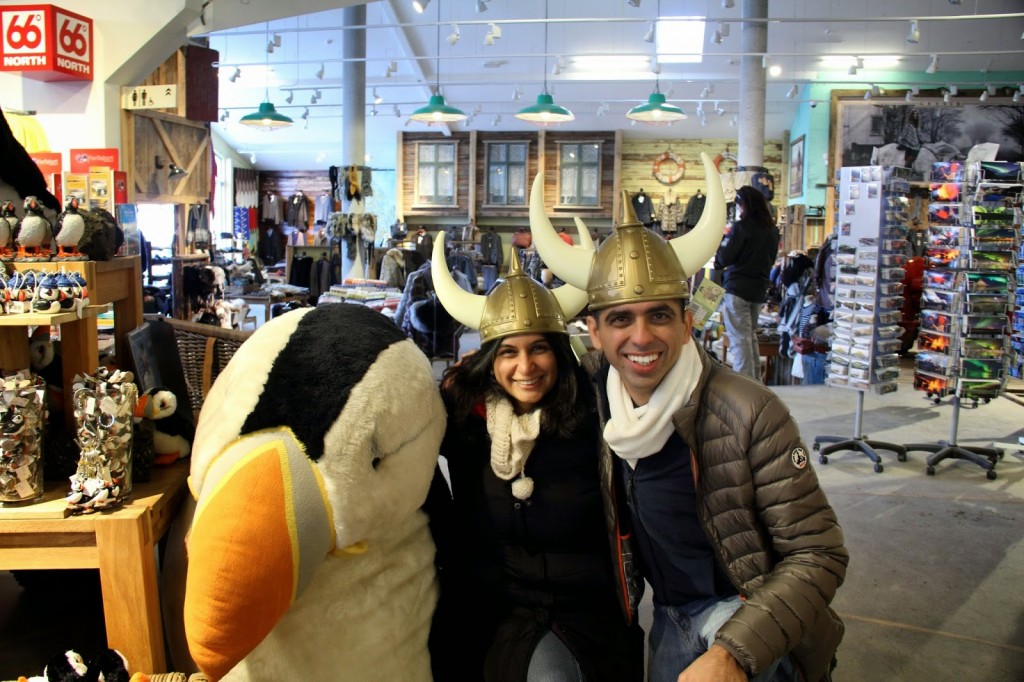
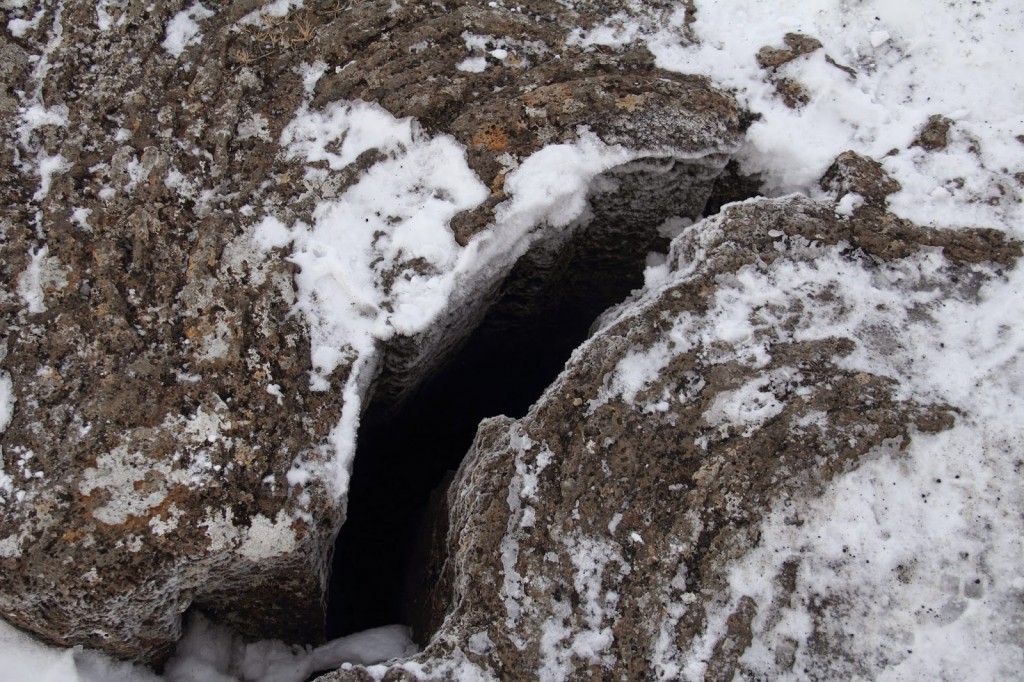
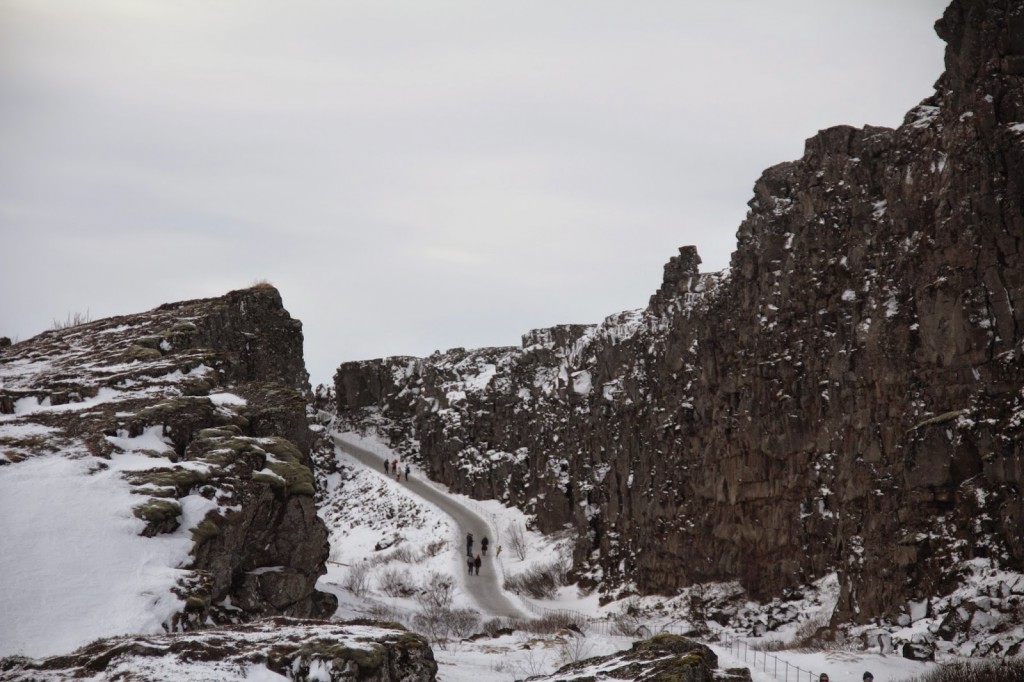
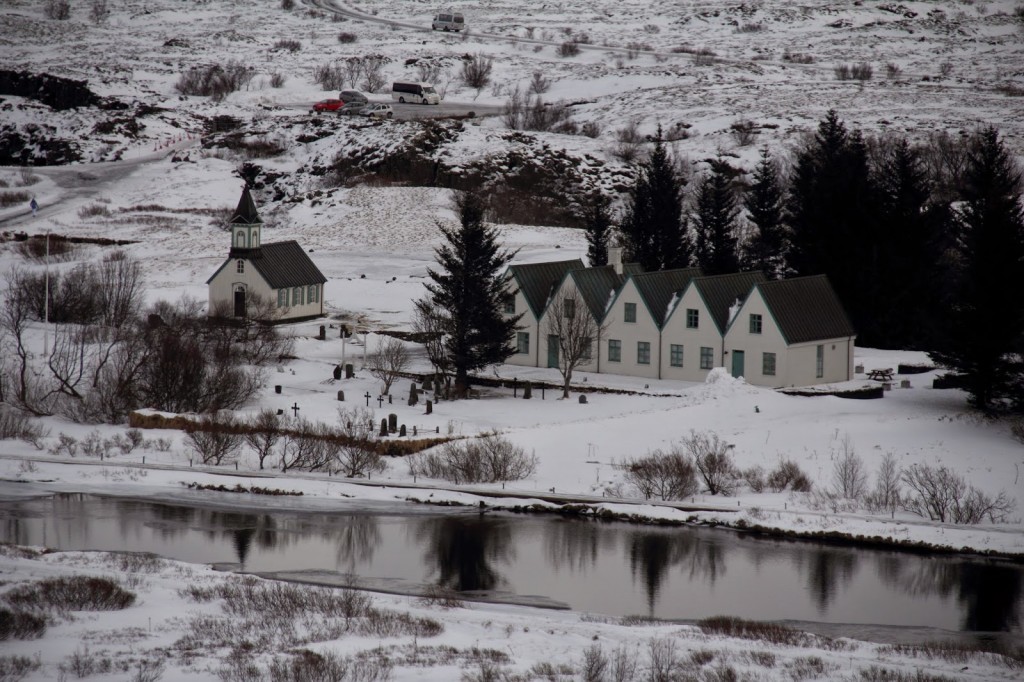
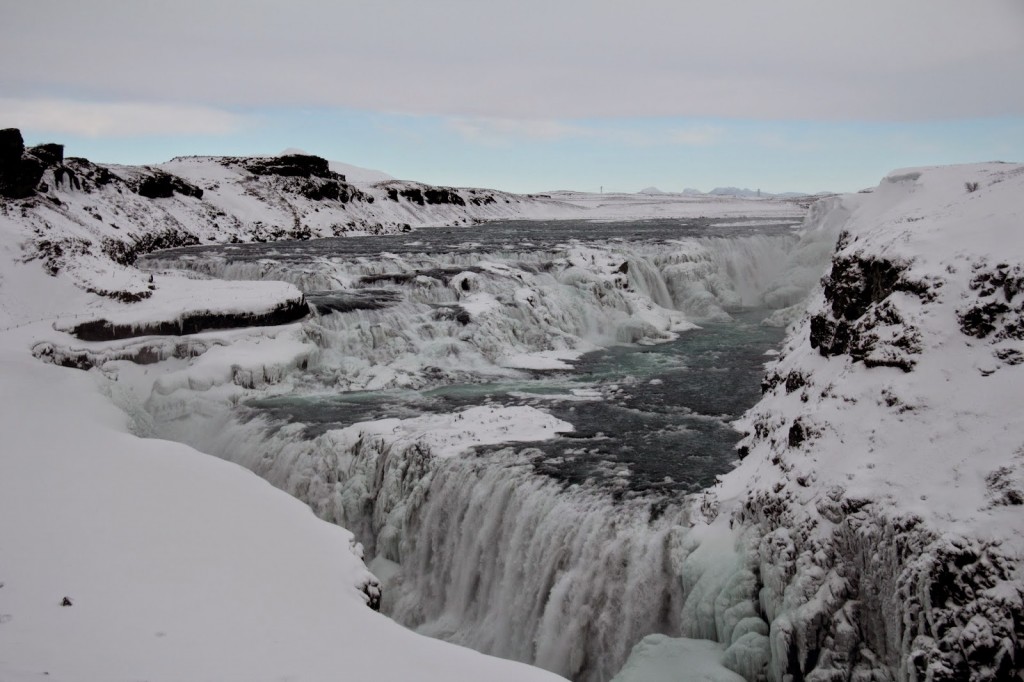
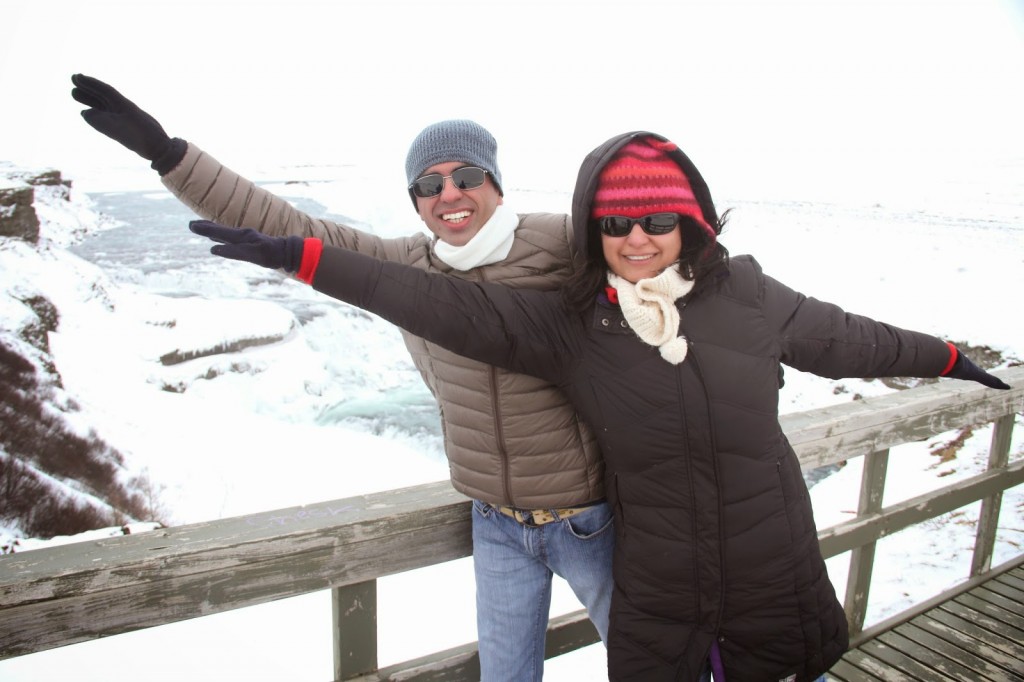
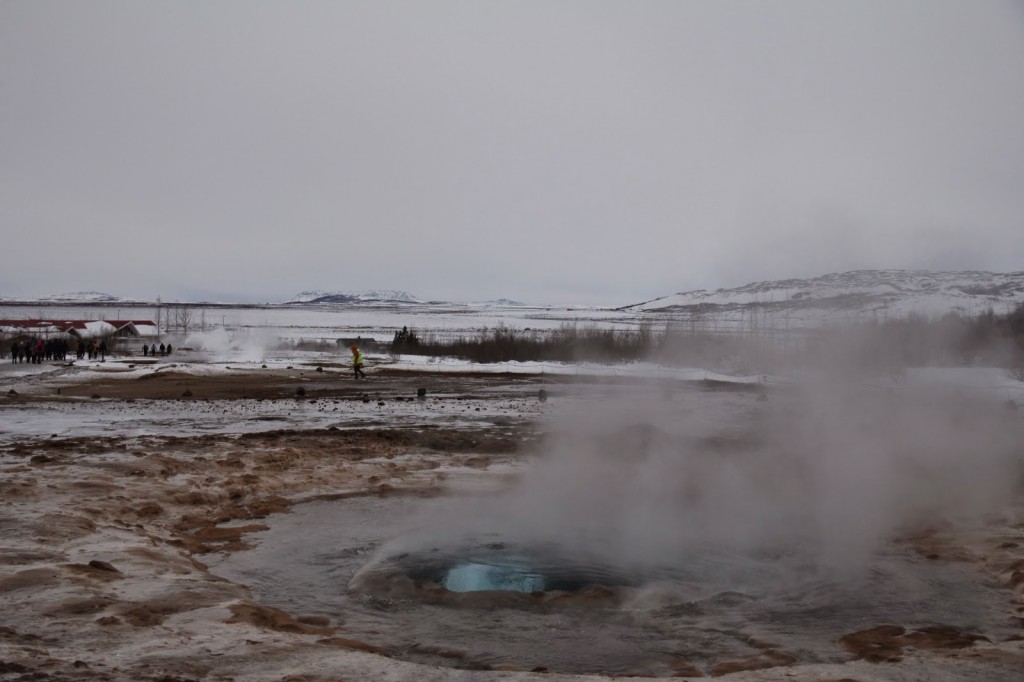
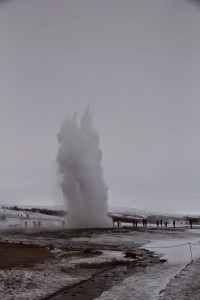
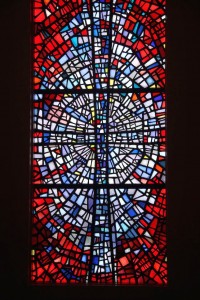









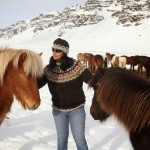
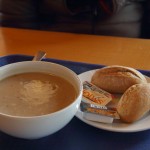
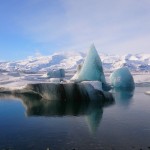
Hey! Great post and even more awesome and amazing pictures. Just wanted to know one thing. Did you guys travel in the winter months esp December? I am planning to travel to Iceland this December first week. What is it like there in December? A fairly good time to travel as there is only about 5 hours Daylight. Thanks a lot.
Hi Aditya! We travelled in February, when day light hours a more than those in Dec and Jan. We would recommend that you avoid the peak winter months of Dec and Jan as the days are really short and there is little that you can do. Oct, Nov, Feb and March are great months to see the lights.
That being said, if you have already booked your trip, dont worry. Do try to visit the crystal ice caves – we haven’t seen many things that are so pretty. Needless to say, I am sure you will be able to sight the lights if you spend 4 days or more there.
Hi Aditya! We would recommend travelling in Oct, early Nov, Feb and March. December and January have the harshest weather and the shortest days.